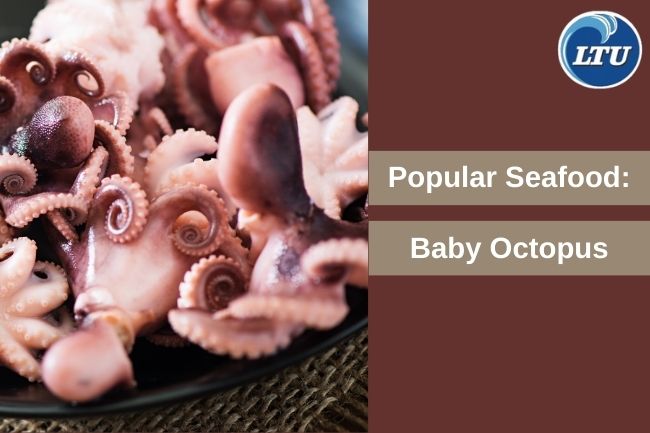Unveiling the Global Diversity of Fermented Fish Cuisine
By. Nevanda - 25 Sep 2023
lauttimur.com - Fermented fish dishes are culinary preparations that involve the use of fish that has undergone a fermentation process, resulting in unique and often strongly flavored dishes. These dishes are found in various cultures and regions around the world. Here are some examples of fermented fish dishes:
1. Surströmming (Sweden)
Surströmming is a famous Swedish dish made from fermented Baltic herring. The fish is typically canned and then allowed to ferment. It has a strong, pungent odor and is often served with flatbread, potatoes, onions, and sometimes a dollop of sour cream.
2. Hákarl (Iceland)
Hákarl is a traditional Icelandic dish made from fermented Greenland shark. The shark is buried and fermented for several months before being dried. It is known for its ammonia-like odor and strong flavor.
Read also: Exploring Supplements and Gourmet Dishes from Sea Cucumbers
3. Nam Pla Ra (Thailand)
Nam Pla Ra is a Thai dish that consists of fermented fish sauce. Small fish, often mixed with rice bran, salt, and water, are allowed to ferment. The resulting sauce is used in various Thai dishes for its unique umami flavor.
4. Bagoong (Philippines)
Bagoong is a Filipino condiment made from fermented shrimp or fish. There are various types of bagoong, and it is used in dishes like Kare-Kare and Pinakbet to add a savory, salty, and umami-rich flavor.
5. Rakfisk (Norway)
Rakfisk is a Norwegian dish made by fermenting fish, often trout or char, which is then aged for several months. It has a strong, pungent odor and is usually served with flatbread, potatoes, and sour cream.
6. Kusaya (Japan)
Kusaya is a Japanese dish made from salted and fermented small fish, often mackerel or sardines. It is known for its intense saltiness and is typically grilled before consumption.
7. Sour Fish Soup (Cambodia)
In Cambodia, a traditional fermented fish soup called "samlor machu" is prepared using a fermented fish paste known as prahok. The paste is dissolved in water to create a tangy and savory broth for soups.
These fermented fish dishes often have strong, acquired flavors and aromas, and they hold cultural significance in the regions where they are prepared. They are enjoyed by those who appreciate the distinctive tastes that fermentation imparts to the fish.
Read also: Maintenance System in Net Cage Cultivation








